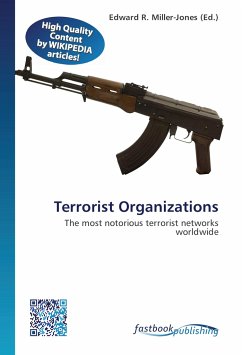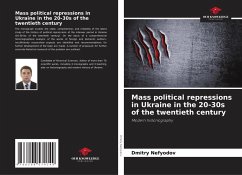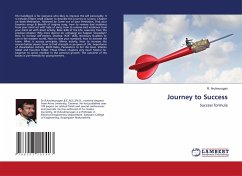
Baptism in Blood: Armenia as a template for an Era of Genocide
Versandkostenfrei!
Versandfertig in 6-10 Tagen
26,99 €
inkl. MwSt.

PAYBACK Punkte
13 °P sammeln!
Genocide is an ugly and unsettling word. When used in connection with an event, it immediately draws worldwide attention and demands action on the behalf of the 'civilized' world. Most people think of genocide as a rare anomaly that plagues only third world countries. History has show, however, that genocide can happen anywhere, from the third world of Rwanda to the industrial world of Germany. Its precursors and processes follow the same basic patterns in the majority of cases. Only five acknowledged cases of genocide occurred in the twentieth century: Armenia, the Holocaust in Europe, Cambod...
Genocide is an ugly and unsettling word. When used in connection with an event, it immediately draws worldwide attention and demands action on the behalf of the 'civilized' world. Most people think of genocide as a rare anomaly that plagues only third world countries. History has show, however, that genocide can happen anywhere, from the third world of Rwanda to the industrial world of Germany. Its precursors and processes follow the same basic patterns in the majority of cases. Only five acknowledged cases of genocide occurred in the twentieth century: Armenia, the Holocaust in Europe, Cambodia, Bosnia, and Rwanda. Each followed certain aspects of the design forged by the Turks in their pursuit of annihilating the Armenian population. This template for genocide ushered in a century in which genocide produced far-reaching consequences for millions of future victims.












